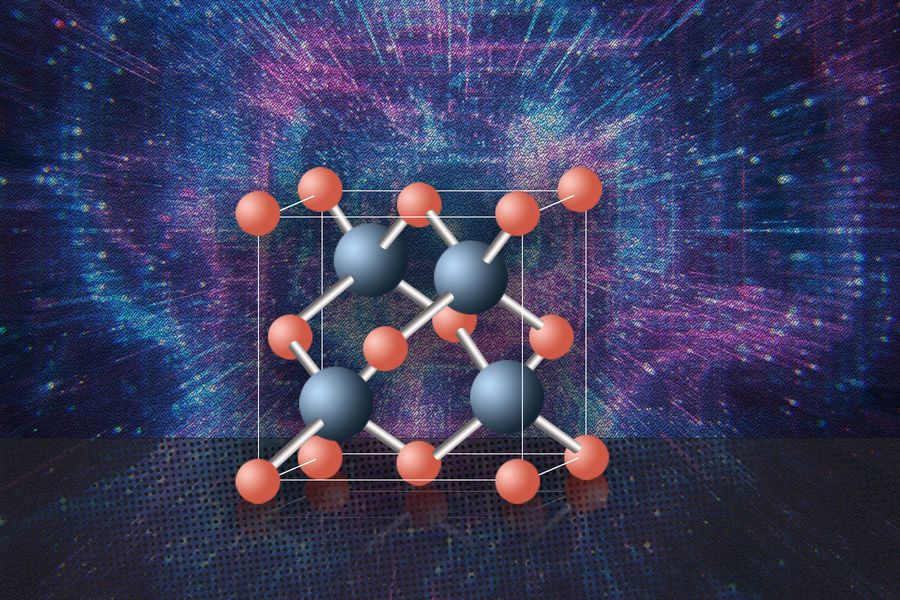Forest Green
ACCESS: Above Top Secret
- Joined
- 11 June 2019
- Messages
- 9,530
- Reaction score
- 17,486

Cubic Boron Arsenide Promises 10x Better Heat Dissipation for Chips
The best semiconductor in existence - in a few decades' time.
This could mean 10x faster clock speeds.
